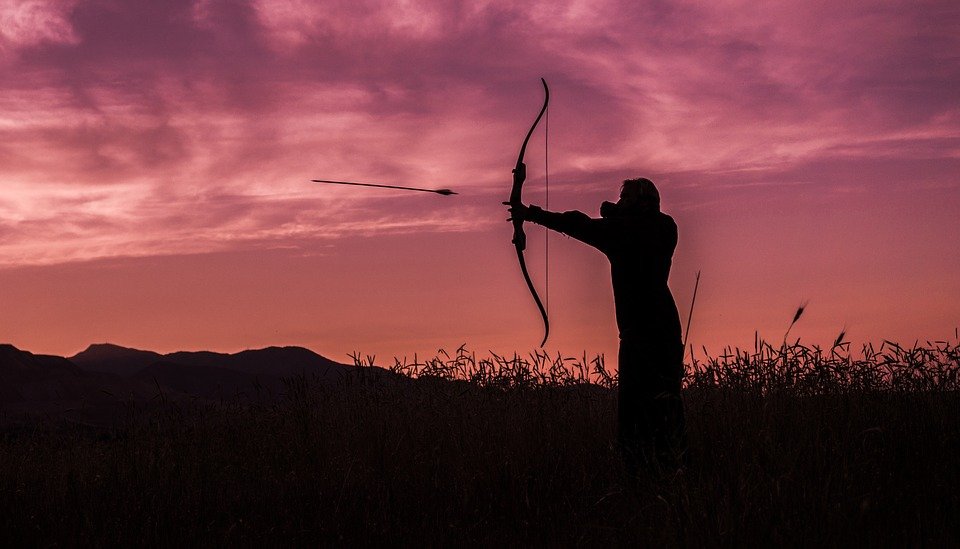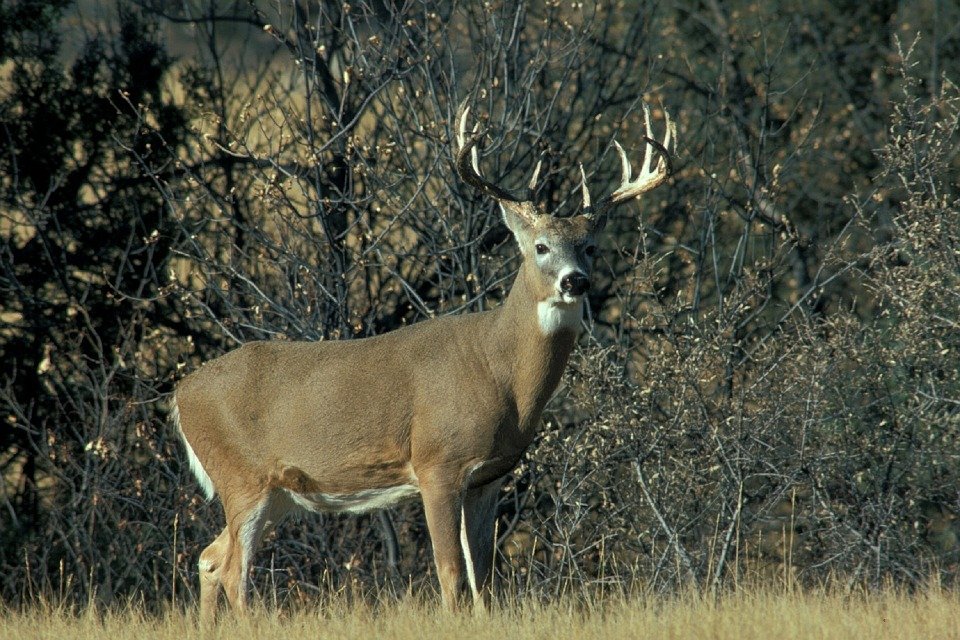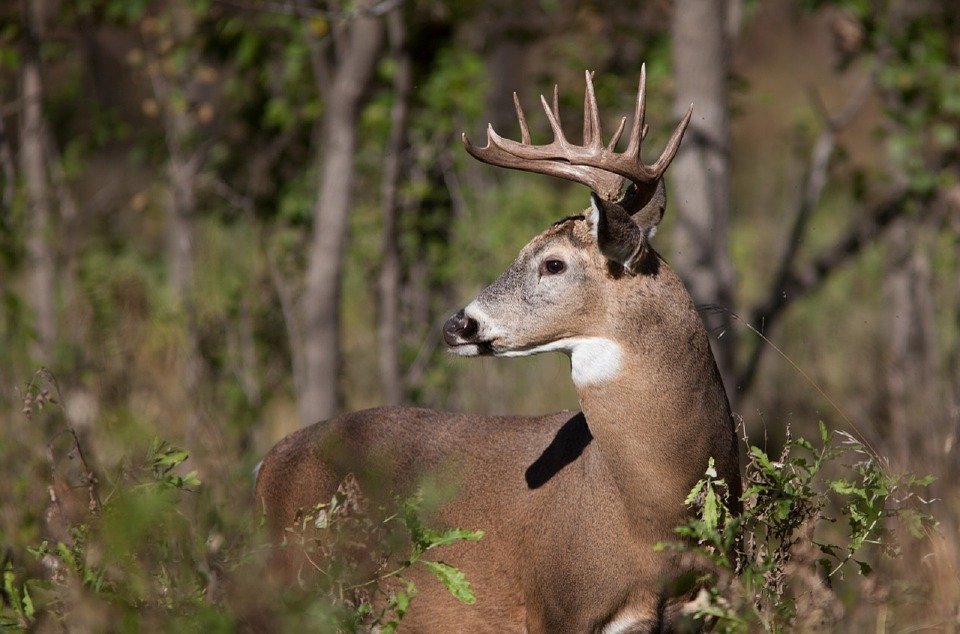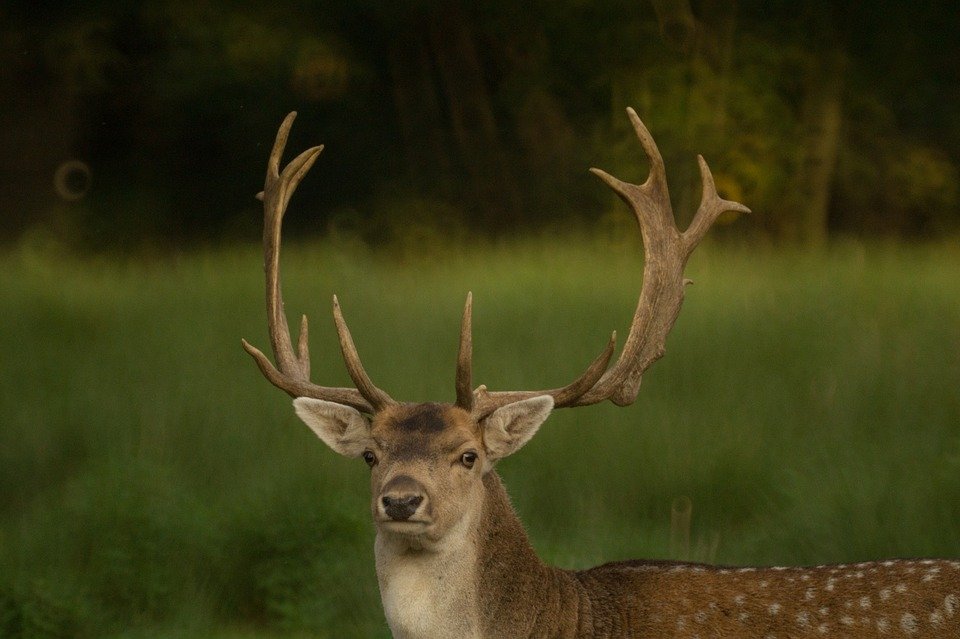

Buck hunting is the most passionate outdoor sport for many Buck Hunters. The rare and difficult to kill Big Bucks provide delicious meat and hunt entertainment. Buck antlers are favorite trophies that hunters seek during buck hunting. There are about 30 million deer estimated in the United States and controlling the population is the main aim of Buck Hunting. Hunting proves to be the natural and safe way to kill the bucks and is also most regulated and controlled by the Department of Natural Resources.
Older bucks have limited movement in their territory and do not favor long journeys. However, during the mating season also known as the rut, mature bucks likely move far distances seeking a doe. During the rut, bucks get into fierce fights to win a mate. This season is also favorable for hunters due to the higher chances of killing the bucks.

For amateurs and advanced hunters alike, training and resources are available to help prepare for buck hunting. Hunters go through mandatory training before getting license. The required permits and licenses must be applied online or through paper ahead of the hunt season. Authorities issue the permits in the summer for fall hunting season. Limits do exist on the number of bucks per season depending on the outfitter and hunting weapon.
Buck hunting requires planning and implementation such as securing permits and implementation. Here the ten steps to hunt a buck.

Hunters must familiarize with the buck habits in the hunting zone. Special tactics are required such as hunting along the river beds, studying topographic areas, creating food plots, identifying the bedding areas, controlling the scents, decoying, and so on. If a night hunter is unsure if their shot killed a buck, they get back to the hunting spot next day to find the body. The area must be cleaned and the kill must be notified to the outfitter.
Hunter personal safety is needed before securing the kill. Appropriate moisture control inner wear, odor control outer wear, hunting gloves, and pain medicines must be carried. Practicing the emergency plans and mock situations is a good idea. All stands and harness must be tested for proper assembly and working before using them. Hunter must always be able to get back to the safety spot in case of danger. Carrying emergency signalling devices is recommended.
Buck Hunting has numerous advantages for the society and the wildlife. Here are the top eight benefits of buck hunting.


Buck hunting comes with great responsibilty for the hunters. Every hunter is responsible for maintaining the environment they are hunting. Leaving no trace is crucial for the safety of other wildlife. Here are some disadvantages associated with Buck Hunting.
